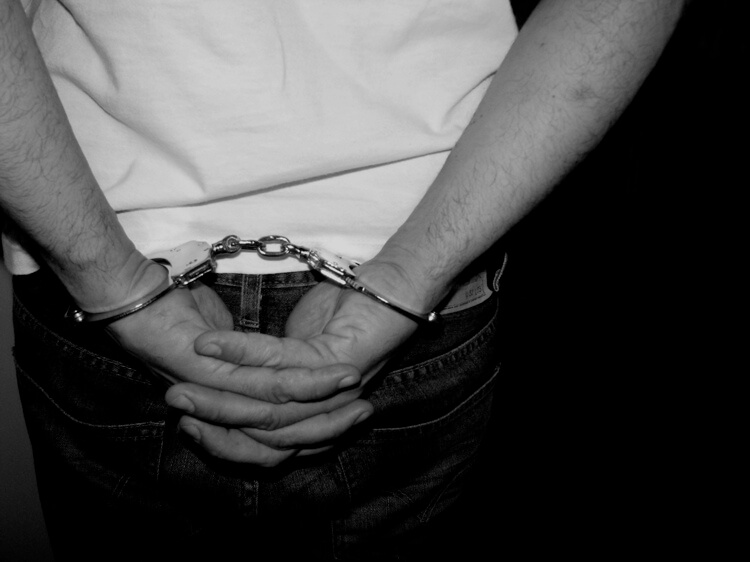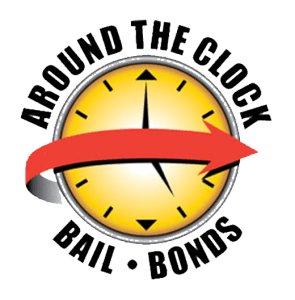The Difference Between Misdemeanor and Felony Bail
Whether you or someone you know has been arrested, in most cases the person has the right to post bail in order to get out of jail. However, there are some cases where posting bail is not an option and the person must remain in jail even after the custody time has elapsed. What often determines whether a person has the right to post bail is the charge(s) for which they were arrested, as well as any meaningful circumstances involving the arrested individual. Further, a major determining factor is whether those charges were a misdemeanor or a felony.
Arrest Process
If someone is suspected of a crime, law enforcement officials may decide to arrest the individual and then take them to jail. Once they arrive at the jail, the individual will then be “booked” into the facility. This is an administrative process involving the filling out of forms and the gathering of their personal information. Further, it is during this booking process where the arrest information, the charges, as well as an inventory of personal property will be recorded. The individual will also photographed and fingerprinted during the booking.
Bail Process
Once the person has been booked, they will then be arraigned. During the arraignment, the defendant will appear before a judge, is informed of the charges, and then can enter a plea. It is during their arraignment where the individual will learn what their bail amount will be. This process will be very similar for both misdemeanor and felony charges. In situations where the defendant is allowed to post bail, the U.S. Constitution guarantees that the bail amount cannot be excessive. However, bail is often set at an amount which the average person probably does not have the cash on hand to pay it. For this, a person may use a bail bond service, a credit card, borrow the money, or remain in jail.
Misdemeanor Bail
With many misdemeanor crimes such as DUI, simple assault, drunk in public, and others, the jail may have a set bail amount already established. The person will be allowed to pay this bail amount and then leave the jail as soon as they do. Defendants who are charged with a misdemeanor crime must enter a plea of guilty, not guilty, or no contest at the time of the arraignment. The majority of misdemeanor charges requiring an arraignment in order to determine the bail amount, will usually take place very soon following the arrest. If the person remains in jail until the date of their arraignment for a misdemeanor charge, this process will usually be completed within a day or two following the arrest.
Felony Bail
For defendants who are charged with a felony crime, there is no guarantee that they will be allowed to post bail. Upon reviewing the facts of the case, the judge will determine whether or not to issue bail and at what amount. For many states, the bail amount for felonies may also be predetermined if the felony is not scheduled. For all scheduled felonies, each state has a list of amounts which the judge can use when determining what bail should be. The judge will also set a preliminary hearing during the arraignment, and in cases where the judge decides to grant bail, the amount is set after the plea and scheduling. For felony charges, the bail amount is often much higher than those of resulting from a misdemeanor.



